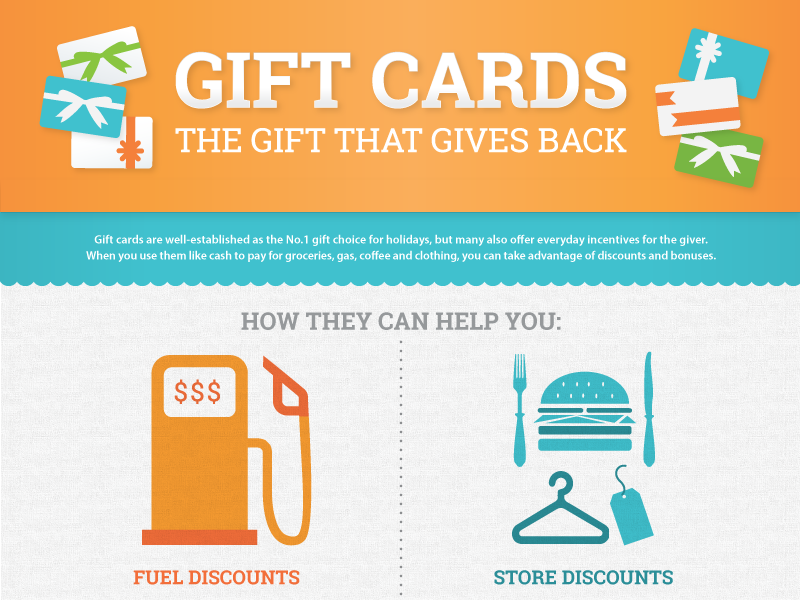Although they might seem comparable, engraving and etching vary in their methods and end results. Comprehending these procedures is essential for any kind of business aiming to customize glass items.
Laser etching usages concentrated heat to melt the micro surface area of your product, creating recessed markings that withstand damages and can be read under extreme conditions. It's perfect for things that require to be traceable, like industrial components.
Visual appeals
Etching and etching both produce resilient, tactile designs that stand out on the glass surface area. They are excellent for tasks that call for a fine-tuned, stylish appearance.
Laser etching can be used to inscribe glass, yet it calls for a protective coating or guard to avoid heat damages to the glass. A specialized spray or finish is offered for this purpose and can be related to slim glass to decrease breaking or damages during the inscribing process.
It's additionally possible to engrave glass by hand using a rotary tool. This method is taxing and labor-intensive, but it can generate high-quality results when executed correctly. Make sure to put on safety equipment like safety glasses and a respirator mask to safeguard on your own from dirt and debris. You can begin by attracting your design on the glass with a marker, after that put the rotary tool and slowly follow your style to engrave it into the glass. After the engraving is full, gently remove any kind of remaining dust or deposit.
Convenience
The engraving process uses a wide range of applications for glass products. It is extremely functional and can be used on different materials and densities of glass. It is additionally extremely exact and produces detailed, high-contrast designs on the glass surface area. It can be used on both flat and bent surface areas.
Glass inscription is a prominent choice for glass items like bottle, architectural dividings, and medical spa style. It creates a soft and refined design that is not as obvious as etching, making it an excellent choice for ambient aesthetics.
To minimize warmth tension on slim glass, apply a safety product like masking tape or a wet paper towel to the surface area prior to laser engraving. This takes in and spreads laser energy to decrease local home heating and prevent splitting. Conversely, covering the glass with a moderate cleaning agent or dishwashing soap can also be an efficient pre-coating. Simply remember to cover just the laser-contacting face of the glass with these moisture-absorbing pre-treatments.
Resilience
Laser glass engraving produces deep, irreversible markings that are durable and visually striking. It's optimal for imaginative or light commercial purposes that need a sleek appearance. Inscription requires accurate and regulated handling of the glass to stop warmth damage and cracking. Thin or delicate glass can be extra at risk to the high-contrast results of laser inscription, making it vital to check the procedure carefully for indicators of getting too hot and fracturing.
Engraving makes use of a diamond-tipped tool to cut into the surface of the glass, creating a textured mark that's much less aesthetically striking than laser etching. It's a typical option for applications where a frosted effect is preferred, such as decorative glass home windows and tailored presents. Like laser engraving, etching is highly exact and excellent for logo designs and other detailed images. Evergreen Glass utilizes advanced laser devices calibrated for optimum efficiency to accomplish etching and engraving with exceptional accuracy. For included assurance, our machines include built-in safety attributes that make sure risk-free operation.
Price
Glass etching includes the use of chemical remedies to produce a design. While this strategy is not as exact and efficient as laser etching, it is still a superb selection for artisanal glasswork, which can be an excellent way to boost an unique occasion present or commemorative piece.
For the very best results, it is necessary to check a sample item of glass before using any type of etching creams. Various types of glass might react in different ways to the chemicals. Some will certainly etch really rapidly while others could take much longer. In many cases, a piece of glass might even fall short to etch at all!
Laser long-term care of glass etching involves using a computer-guided system, commonly described as a CNC (Computer System Numerical Control) device, to direct a concentrated laser light beam at the surface area of the glass. This process requires a top-level of technological skill and creative thinking. It is an efficient means to etch detailed patterns on massive tasks with high degrees of precision.
